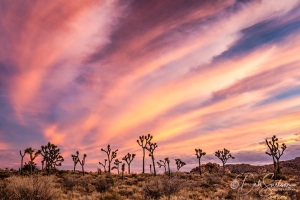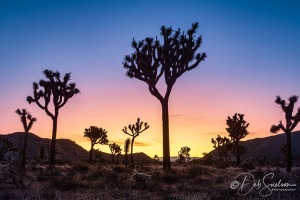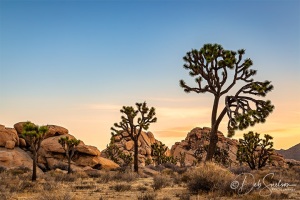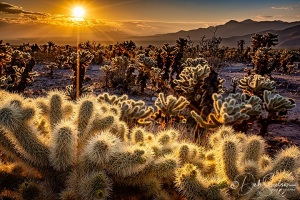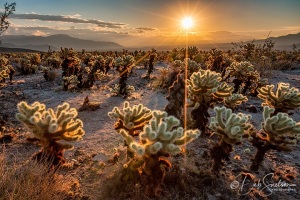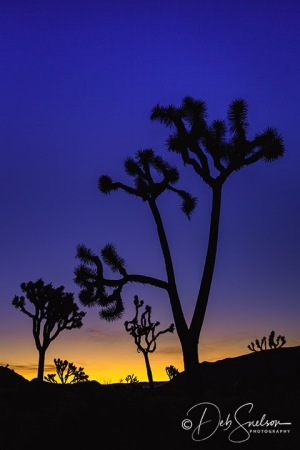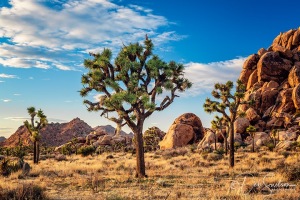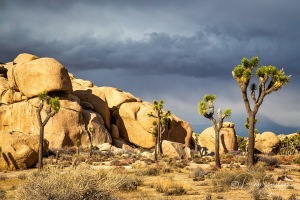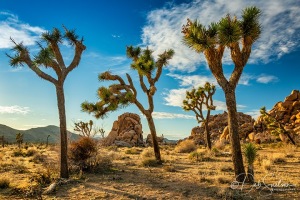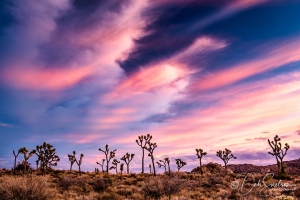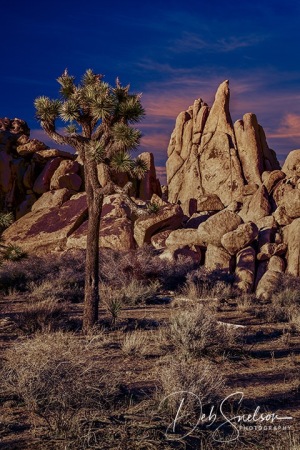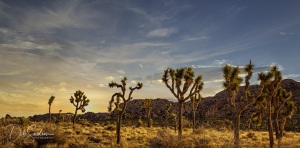As the COV-19 pandemic shut down travel venues, closed businesses and created long lines at food banks I was thankful for one thing – I had gone on a photography adventure to Joshua Tree National Park right before the shut down. Somehow knowing I had broken up the winter of 2019-2020 with this trip to the Mojave Desert made it easier to cancel all my future travel plans for 2020 and start my “stay at home” routine.
Joshua Tree National Park had been on my photography bucket list for a number of years. The odd shapes of the trees beautifully silhouette against gorgeous sunset/sunrise skies. Joshua Tree NP also has some beautiful rounded monzogranite rock formations that contrast nicely with the prickly shapes of the trees. Sand dunes, dry lakes, flat valleys, extraordinarily rugged mountains, granitic monoliths, and oases are all found within its nearly 800,000 acres. The Cholla Garden at sunrise was a surprise – these Cholla cactus are set aglow by the rising sun. Plus the weather was great for February – sure beat the Northeast cold! I wish I had had more opportunity to shoot stars at night but now I have a reason to return.
Geology:
The jumbles of rock piled about Joshua Tree got their start deep underground via volcanic machinations. It was the upward pumping of monzogranite — a particular form of molten rock — that eventually gave birth to the landscape that now greets us.
Of course, that’s the short story. The oldest rocks in Joshua Tree National Park are 1.4 to 1.7 billion-year old metamorphic rocks. These are the original rocks that the magmatic intrusions traveled up through, heating and altering the surrounding rocks as the hot material migrated. The intrusions of magma into the metamorphic rocks occurred over a long period of time. The oldest intrusions rival the metamorphic rocks in age, and the youngest are only tens of millions of years old.
But, as the short story goes, these underground intrusions steadily forced their way up towards the surface, coursing through an overlaying formation of gneiss today called the “Pinto.” As the molten granite cooled, it also cracked to form loose joints in the resulting formations.
Then, as erosion came into play, the surrounding soils slowly were washed away, the joints expanded, and the monzogranite’s angular shoulders became rounded, almost as if someone used a sanding block to take their edges off. While much of the central core remained intact, many of the outer edges broke off to create the rubble seen today. For more information, here is a good reference from the: USGS
